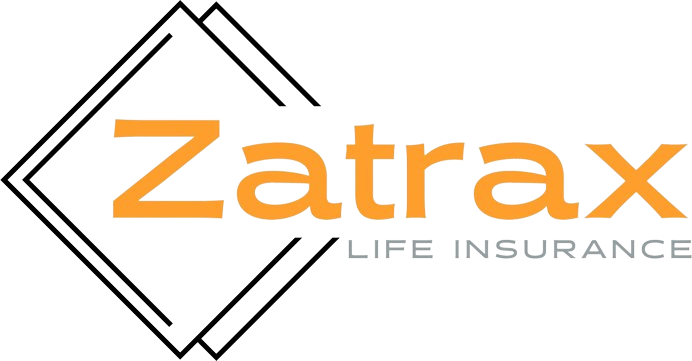



Whole Life Insurance

Whole life coverage may be right if you:
What is included in a whole life insurance policy?
Guaranteed coverage that lasts for the rest of your life* with no medical exam
Premiums that are guaranteed not to increase
Potential cash value that grows on a tax deferred ** basis
A set benefit to be paid to your designated beneficiaries at your death
Apply in as little as 5 minutes
Help protect your loved ones and yourself while growing your wealth
How is whole life different from term life?
Which other type of life insurance has cash value?
What can you do with cash value?
Deciding if whole life insurance is right for you
.
Wealth-building cash value
Guaranteed cash value growth
Flexible premiums
Policy loans
Cost efficient coverage
Whole Life
✔️
✔️
✔️
.
✔️
.
Term Life
✔️
.
.
.
.
✔️
Universal Life
✔️
✔️
.
✔️
✔️
.
Why people choose universal life insurance:
What they’re talking about company
3800 satisfied & happy customers.
Donald hardson
Aleesha brown
Leverage agile frameworks to provide a robust synopsis for high level overviews. Iterative approaches to corporate strategy data foster to collaborative thinking.
Donald hardson
Leverage agile frameworks to provide a robust synopsis for high level overviews. Iterative approaches to corporate strategy data foster to collaborative thinking.
Aleesha brown
Leverage agile frameworks to provide a robust synopsis for high level overviews. Iterative approaches to corporate strategy data foster to collaborative thinking.
There are many variations of passages of available but simply free text available in the market sit amed majority alteration in simply free text available in the market some form, by humouor.
There are many variations of passages of available but simply free text available in the market sit amed majority alteration in simply free text available in the market some form, by humouor.
There are many variations of passages of available but simply free text available in the market sit amed majority alteration in simply free text available in the market some form, by humouor.







Leverage agile frameworks to provide a robust synopsis for high level overviews. Iterative approaches to corporate strategy data foster to collaborative thinking.